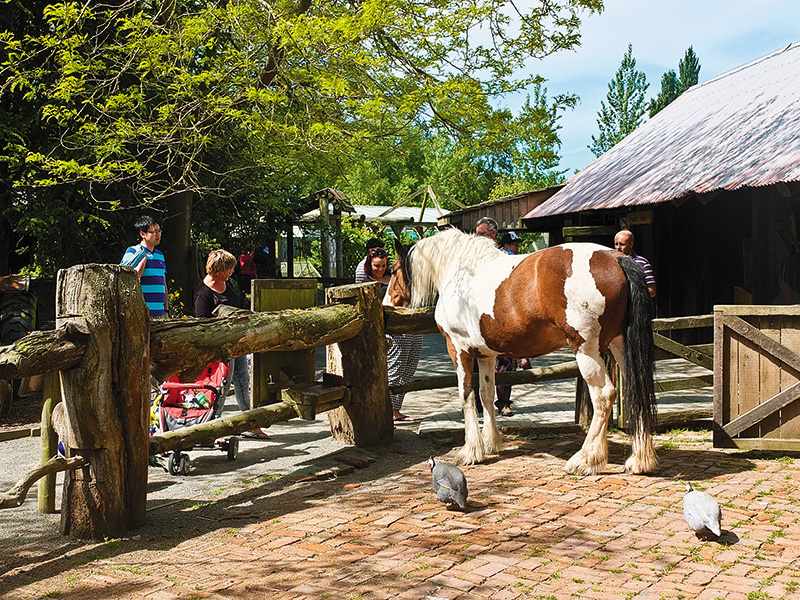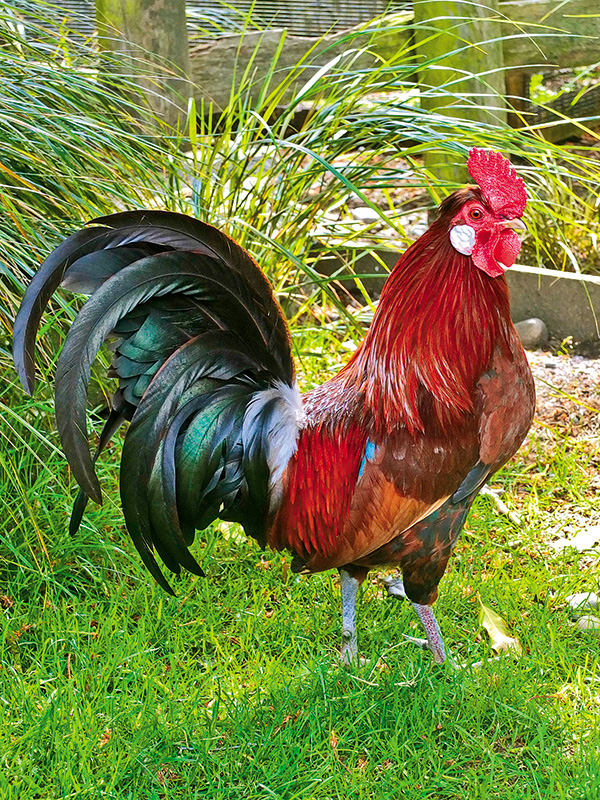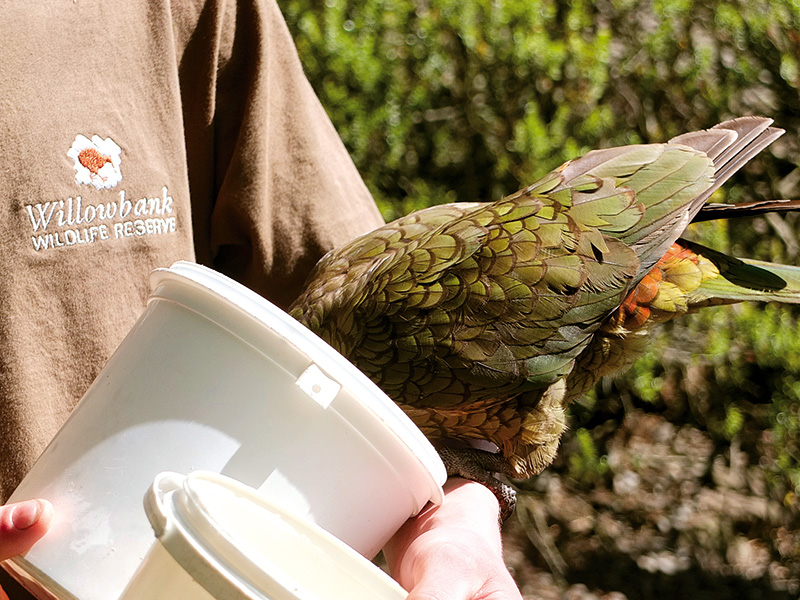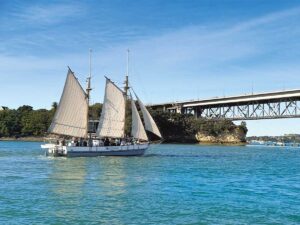Our grandson boarded our borrowed motorhome when we visited Christchurch last month and his entertainment bucket list led us to Willowbank Wildlife Reserve. It turned out he had good taste. This animal collection was entertaining for both nippers and nannies.
The reserve, basically a zoo, spreads over 18 hectares around a small stream. Some of the buildings and cages look a little tired but I guess that would apply to anything that began in 1974. The collection was small back then – a llama, a few pigs, one sheep and a few aviaries. Now there are about 50 species of animals and birds and around 500 animals all up. All look comfortable and well cared for.
They include a few exotics (gibbons, lemurs, otters and monkeys) as well as farm favourites such as donkeys, a Clydesdale horse, several endearingly ugly kune kune pigs, and some very handsome species of chicken.
Felix, our small fry, refused to feed the eels or the deer. He was more impressed by the otters, which were performing a lively water ballet; and the energetic antics of the lemurs. But the two things foremost on his mind were an ice cream from the kiosk in the picnic area and his desire to see a kiwi. He bagged both.
Willowbank Reserve is part of Operation Nest Egg in which kiwi chicks are hatched, reared and returned to the wild. The breeding pairs are kept in privacy but in the darkened kiwi house Felix spotted two of the juveniles hunching through the leaf litter. For a seven-year-old boy the build-up seemed better than the prize. He gazed blank-faced at the shadowy avi-fauna and sloped off without a word.
The kiwi are not the only breeders at Willowbank. Kathy Rangiwananga, who with Michael Willis was the park's founder, said most breeding is designed to save rare New Zealand heritage species such as Enderby Island rabbits, Auckland Island pigs, and Arapuna Island sheep and goats – animals that are part of our history. Many of these are descendants of animals dropped off on far-flung islands to sustain mariners should they find themselves shipwrecked.
But the collection that intrigued me most was the gaggle of rescued kea that live in a walk-through aviary. Feed time was like a kid's birthday party. They shrieked and flapped and demanded the best bits for themselves. Felix understood them perfectly.
Jill Malcolm is a former editor of Motorhomes Caravans & Destinations and author of the Great Kiwi Motorhome Guide.

Explore Te Anau
Discover the charm of Te Anau, a lakeside gem on the edge of Fiordland National Park









